The rope halter has become increasingly popular in recent years. Not only the floor work trend, but also the many possible designs and the do-it-yourself trend make it more popular than ever. But as simple and practical as knotting a halter from a rope or cord may be, it is also viewed as contrary.
- Historical Context
Some see these halters as a meaningful and direct means of communication between horse and human, while others frown on them because of the excessive pressure points and sharpness. For a full view, a historical and anatomical context is essential in addition to the current use. Historically, the rope halter has evolved in different cultures for just one purpose: knotted from a rope, it offers a simple and inexpensive way to create a fastening for horses without additional tools. Based on this basic idea, different variants of the knot halter have been developed in different countries. A further purpose in the sense of the effect on the horse - apart from the practicability - was not attributed to these halter forms. The popularity of rope halters has only increased through the ground work established here and the increasing popularity of natural horsemanship. Interestingly, historically at some point there was a turnaround in the usage and reputation of the rope halter in relation to the classic leather halter. Many horse owners from other cultures and countries have resorted to the knot halter for cost reasons. Leather halters with metal fittings were only used for difficult horses - exactly the opposite of the use that is propagated today.


- Does the rope halter affect certain pressure points?
In order to use the knots to exert pressure on specific areas, the halter would have to be knotted much tighter and placed on the horse's head, which is certainly not in the interest. A targeted effect on meridians or acupuncture points was neither the original intention of such halters, nor is this feasible or understandable in practice. This is one of the modern legends that stubbornly persists in the equine scene. Nevertheless, it is of course fundamentally in the nature of things that halters sit much more loosely than e.g. snaffles, and so if they slip, they are much more likely to press on sensitive regions on the horse's head or slip into the eye - which of course, regardless of the halter shape, should be avoided. Contrary to popular belief, the pressure of the rope halter is not due to the knots, but rather to the nature of the halter. According to physics, pressure is the definition of force applied to a specific area. In terms of material and processing, the cords used are many times narrower and thinner than usual stable halters made of leather and nylon. . With the same pull, the pressure is centered on a much smaller area than with wide halters and therefore has a significantly "sharper" effect. From this it can also be deduced why horses can be better controlled with a rope halter: The impulses on the lead rope reach the horse more directly and faster. But that is exactly where the advantage of training with the rope halter lies: the possibility of a very soft and precise influence is what makes it so advantageous.


- Consideration from a medical point of view
The horse's head is one of the most sensitive areas of the entire organism. The fifth of 12 cranial nerves also runs along it: The N. trigeminus is the strongest sensory nerve in the head area and is therefore also referred to as the main facial nerve. It supplies the majority of the scalp, the roots of the teeth and almost all mucous membranes in the head area. This nerve, in turn, divides into three main branches, which terminate in individual nerves and in some places emerge through the head cavity to the surface. Many modern bridles are already striving to release these nerve exit ports and the nerve tracts running on the surface.

Compared to rope halters and normal stable halters, this has the advantage that bridles fit tighter on the horse's head and slipping is prevented to a certain extent - if they are buckled correctly. It is in the nature of halters that they sit loosely on the horse's head. If you are now actively working with the horse, the lead rope transfers the pull or pressure to the rope halter and this in turn to the horse's head. Depending on the direction in which the impulse is given on the lead rope, the rope halter will inevitably slip. Everyone should also be aware of the intense pressure on the neck, which is caused by the narrower contact surface of the rope. Not only do the bursae of the neck lie on the first two cervical vertebrae, but there is also the attachment of the neck ligament between the occipital bone and the atlas.

But there are also some special features related to the skeleton that must be taken into account when putting on and fitting bridles and halters. The cheekbones are very sharp-edged and the tissue overlying them is correspondingly more sensitive. This results in the (at least) two-finger rule below the cheekbone, both with bridles and halters. If you now consider the anatomy of the nasal bone, which measures only a few millimeters at its end, the sensitivity of this region also becomes apparent. Thus, even loose halters - as far as they are used in training - require a certain amount of attention. The degree of where the noseband should lie is literally narrow. Sensitive handling and knowledge of the anatomical peculiarities is of course required for all utensils that are in contact with the horse's head.
- Conclusion
Basically, working with horses requires increased human attention: the “sharpness” of any equipment only becomes apparent through its use.
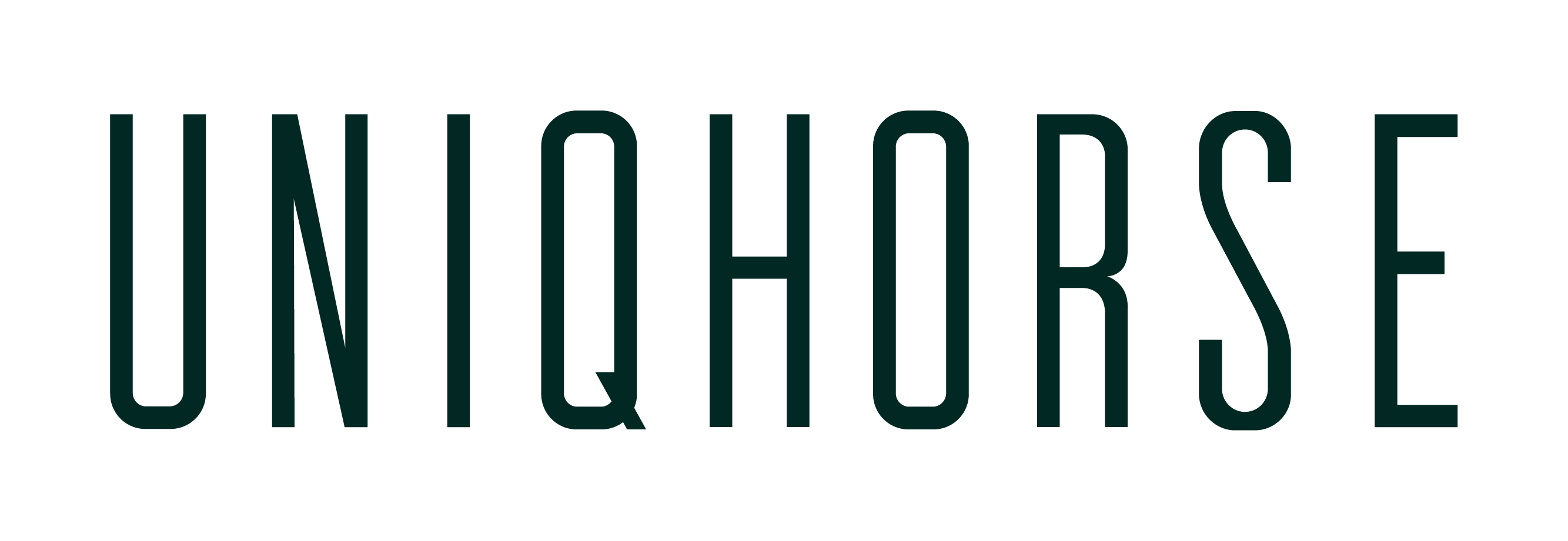


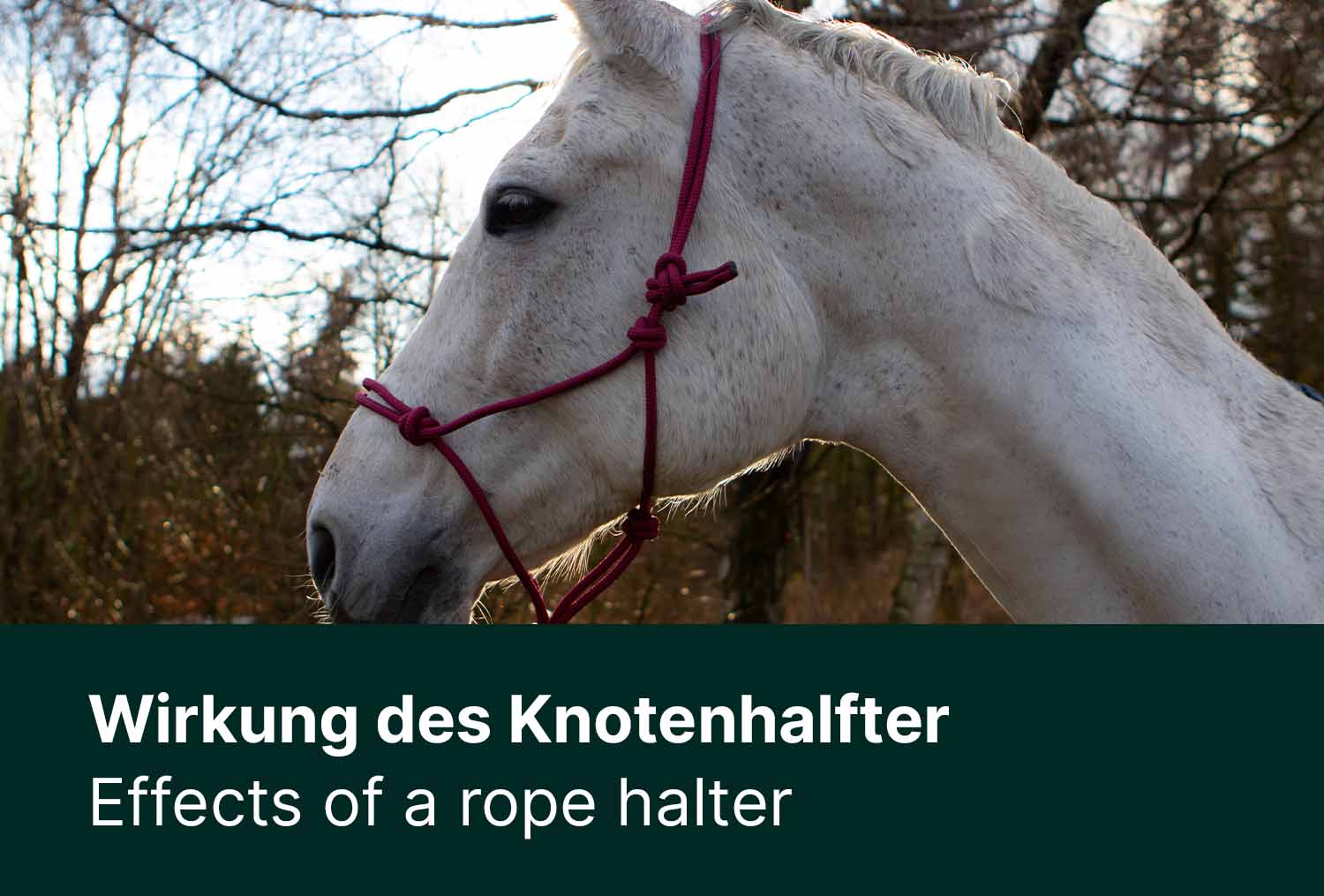
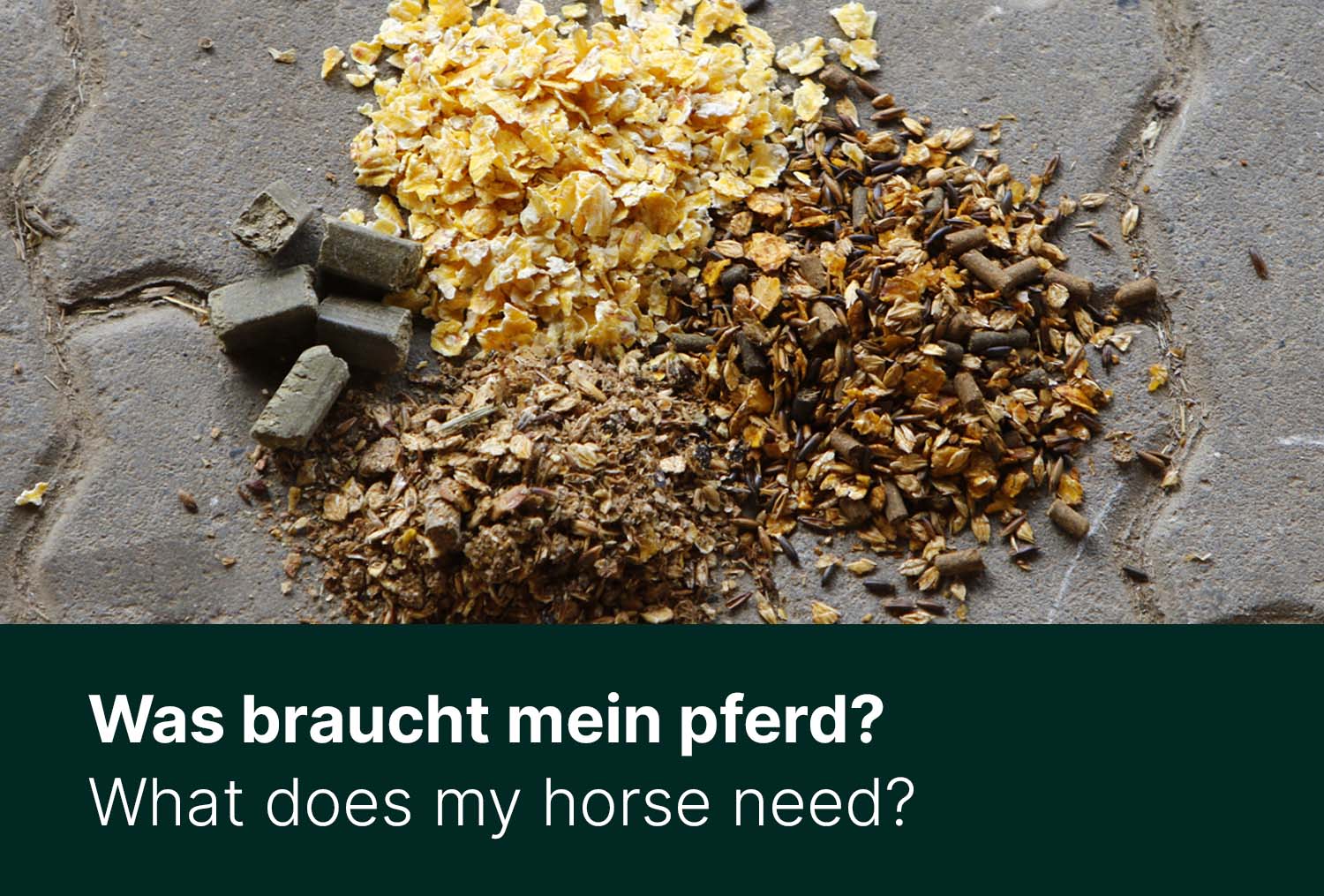
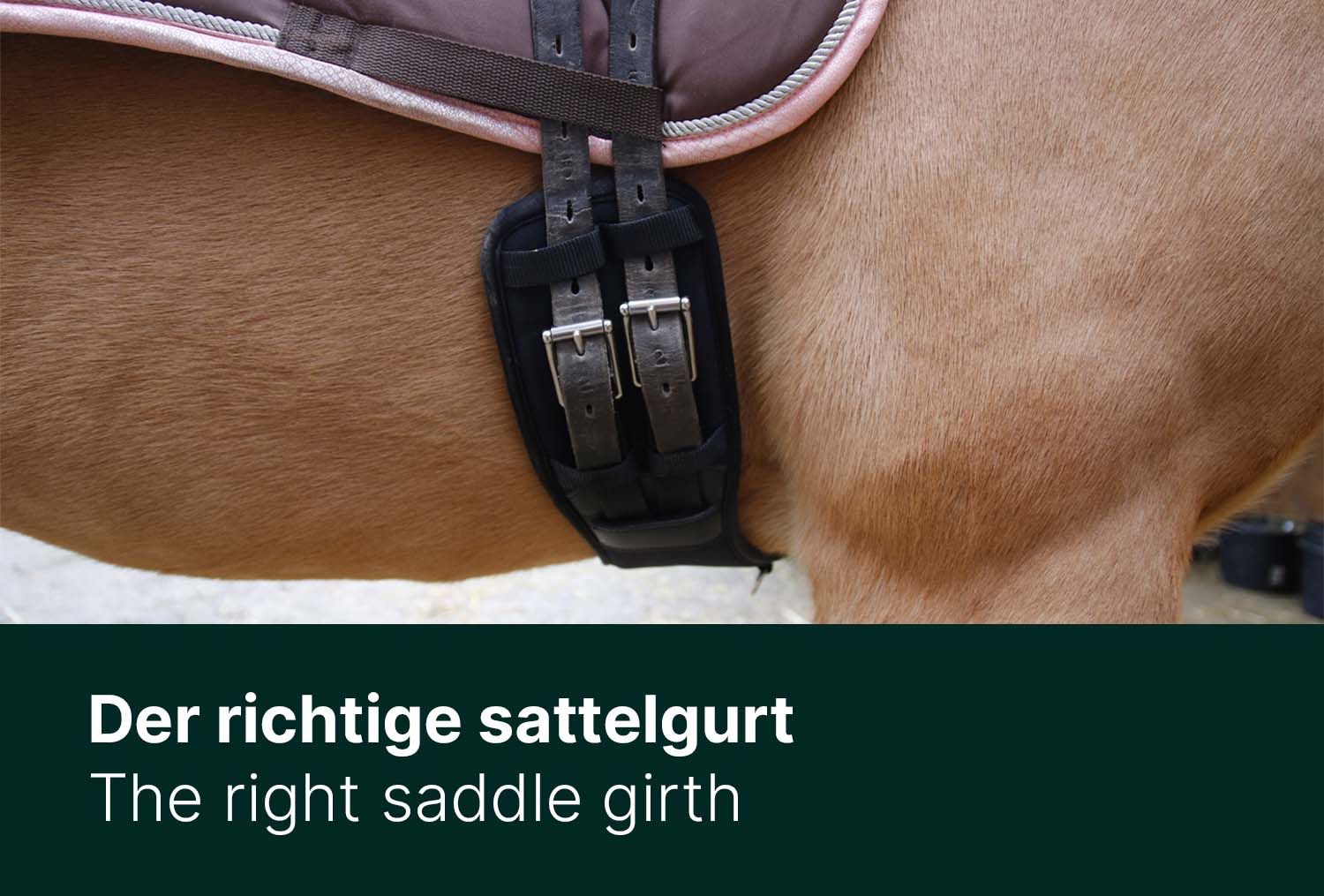
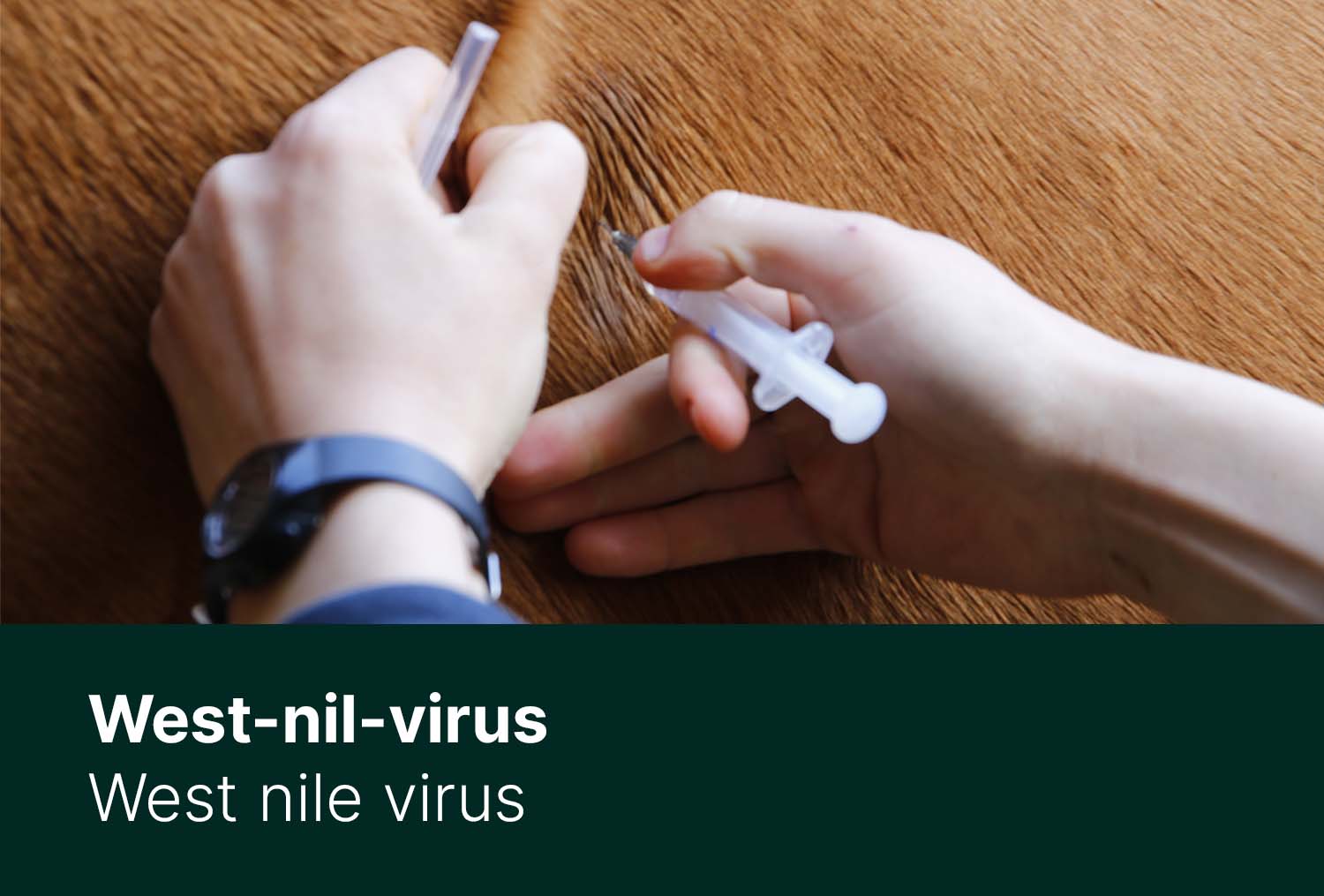
Smart Stable - Digital Solutions
Riding with Poles and Pylons